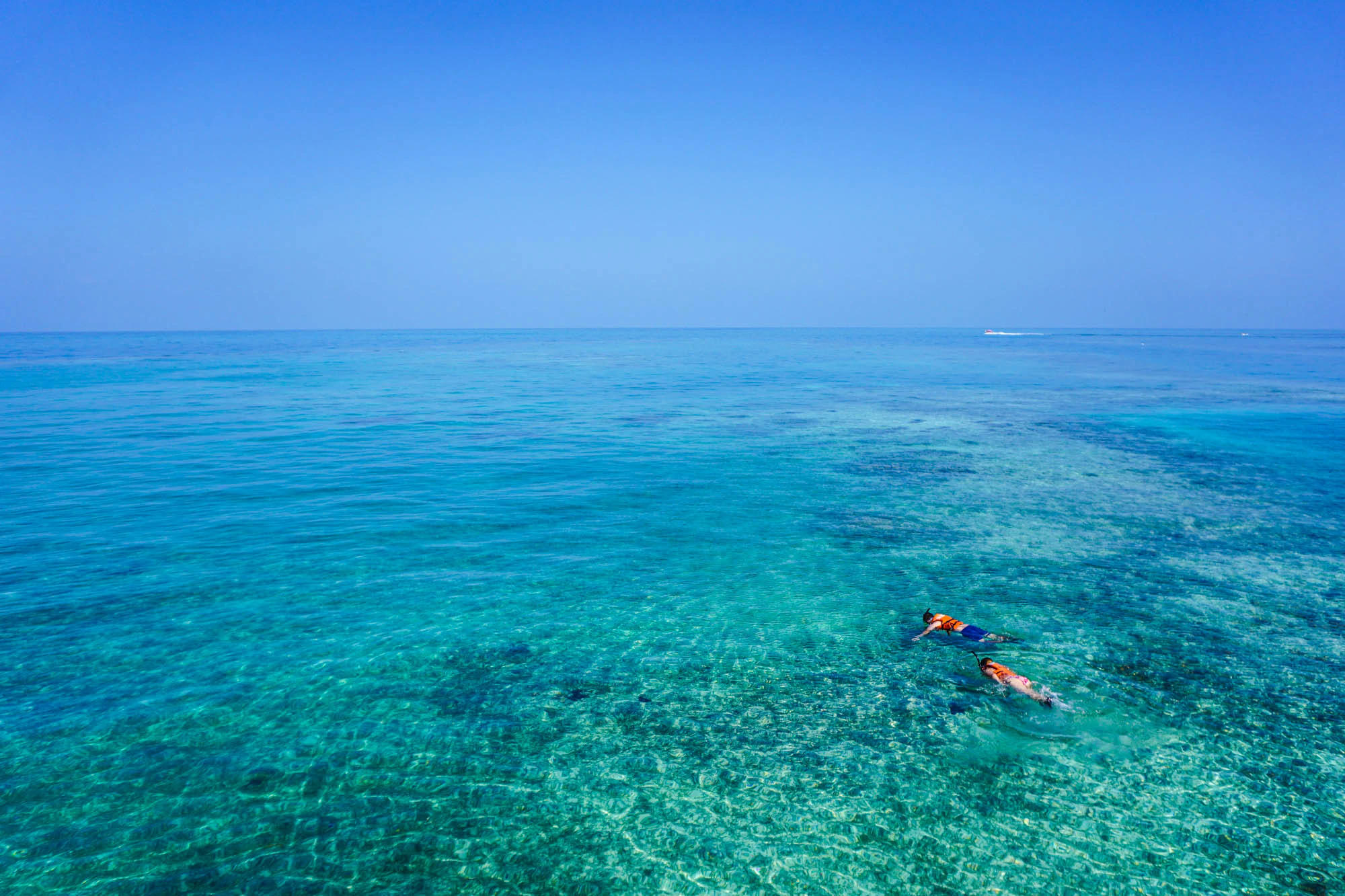Guide to Cinque Terre: Italy’s Smallest National Park
Tucked along the rugged Ligurian coastline in northwestern Italy, Cinque Terre National Park (Parco Nazionale delle Cinque Terre) is a wonderful nature escape. It’s breathtaking mosaic of dramatic cliffs, pastel-hued villages, terraced vineyards, and aquamarine waters.
Established in 1999, it protects not only a unique natural landscape but also a centuries-old cultural heritage carved into the rock by generations of resilient Ligurian communities. The name Cinque Terre means “Five Lands,” referring to the five iconic villages: Monterosso al Mare, Vernazza, Corniglia, Manarola, and Riomaggiore. Here’s our comprehensive guide to Cinque Terre National Park;
Please Download Our Mobile App here.
Overview of Cinque Terre National Park
Though one of Italy’s smallest national parks at just 3,868 hectares, Cinque Terre National Park is the most densely populated park. It’s home to around 4,000 residents across five historic villages: Riomaggiore, Manarola, Corniglia, Vernazza, and Monterosso al Mare. Over a millennium, local communities have dramatically reshaped the rugged coastal terrain by carving the steep hillsides into narrow terraces.
These are locally called ciàn and are supported by an intricate network of dry-stone walls that stretch for kilometers. These man-made structures are not only functional for farming but also give the region its signature landscape, a stunning blend of natural beauty and human perseverance. Referred to as the “Park of Man,” Cinque Terre is a World Heritage Site that tells a story of harmony between culture and nature.
The cliffs are draped in Mediterranean vegetation, including shrubs like rockroses, heaths, spurges, and strawberry trees. The more arid and stony areas support garrigue—a hardy ecosystem rich with aromatic herbs like rosemary, thyme, lavender, and the curry plant. Even capers, once a common crop, now sprout from the cracks of ancient stone walls.
Wildlife in Cinque Terre National Park

Cinque Terre is not only famed for its terraced vineyards and cliffside villages, but also for its rich and diverse wildlife, both on land and at sea. The park’s dramatic cliffs are home to elusive seabirds like the peregrine falcon, which nests on the most inaccessible rock faces. The yellow-legged gulls are also a common sight wheeling above the coast.
Other seabirds like cormorants, boobies, Manx shearwaters, and common terns, also find sanctuary along this protected stretch of the Ligurian Sea. Inland, the dense Mediterranean maquis vegetation shelters a variety of small mammals, including badgers, foxes, and the ever-resourceful wild boar, often spotted foraging along forest paths.
The park also supports more elusive creatures like hedgehogs, least weasels, beech martens, and the faina, or beech marten, a sleek predator of the underbrush. In its marine zone, Cinque Terre’s crystal-clear waters teem with life. Here, you’ll find anchovies as well as colorful soft corals like Leptogorgia sarmentosa, Eunicella verrucose, saraghi (white seabream), poseidons, and a range of sponges.
Amphibians such as frogs and salamanders thrive in the park’s freshwater brooks. Also, green whip snakes, Aesculapian snakes, vipers, and both common and European green lizards patrol the sun-dappled woodland floors. Altogether, the park’s biodiversity reflects a fragile yet thriving ecosystem, shaped by centuries of careful stewardship and the natural rhythms of the Ligurian landscape.
Best Time to Visit Cinque Terre National Park
The ideal time to explore Cinque Terre National Park is during the shoulder seasons—late spring (May to early June) and early fall (September through October). The shoulder months offer comfortable weather perfect for outdoor adventures like hiking.
Spring also means flowers bloom, particularly in April, which can be a lovely time to visit—cool and quiet, though occasional rain. The villages are lively but not packed, and the landscapes burst with color, making it a dream for photographers.
Although, you’ll have to shared the experience with Easter weekend crowds. Winter, spanning November through February, brings a hush over the region. While accommodations are more affordable and crowds are minimal, the weather turns chilly and wet, and some restaurants and shops may close for the season.
Getting to Cinque Terre National Park

If you’re coming from Rome, the most convenient and efficient way to reach Cinque Terre National Park is by train. High-speed rail services connect Rome to La Spezia, the main gateway to the park, in roughly 3 to 4 hours.
From La Spezia, it’s a quick and scenic transfer to the local Cinque Terre Express train, which stops in all five villages within 10 to 20 minutes, depending on your destination. While there are some direct trains available from Rome, they tend to be less frequent, so check schedules ahead of time to ensure smooth connections.
Other Activities in Cinque Terre National Park
The park boasts a 120-kilometer trail network, once the only way to travel between villages, now transformed into a hiker’s paradise. Adventurous walkers can tackle the Terraced Vineyards Itinerary, an 8-kilometer route from Riomaggiore to Corniglia, best suited for experienced hikers.
For those drawn to history, the Ancient Settlements Route winds 11 kilometers through alders, black elders, and ancient dry-stone walls alongside the Rio Major stream. For water-based adventures, the Marine Protected Area offers an underwater world just as stunning.
In Vernazza, a 700-meter designated swimming route lets visitors float safely along the coastline, while snorkelers and kayakers can explore the vibrant marine life. During the warmer months, boat trips reveal dolphins, sperm whales, and even fin whales, drawn by the Ligurian Sea’s nutrient-rich waters.
Park Fees in Cinque Terre National Park

Cinque Terre National Park does not charge an entrance fee. However, to access the two most iconic hiking trails—those connecting Monterosso to Vernazza and Vernazza to Corniglia—a special pass called the Cinque Terre Card is required. This card also offers unlimited travel on the Cinque Terre Express train.
The card is available for one, two, or three days, with prices for a one-day adult pass ranging from €19.50 to €32.50 depending on the season. A two-day card starts at €34. The card can be purchased at train stations and online.
FAQs
Do you need a Cinque Terre card to hike?
You only need the Cinque Terre Card if you plan on hiking the popular Blue Trail—specifically the scenic waterfront stretch between Monterosso and Corniglia—or if you’re using the local trains more than four times in a single day. If your itinerary is more relaxed—for example, visiting up to three of the five villages by train without setting foot on the connecting hiking paths—then the card isn’t necessary.
How long does it take to walk the 5 villages of Cinque Terre?
Walking through all five villages of Cinque Terre can be completed in roughly six hours, assuming you keep a steady pace and take only short breaks. However, many visitors choose to turn the journey into a more leisurely experience, spreading it out over a couple of days. This relaxed approach allows time to soak in the stunning sea views, explore the charm of each village, and enjoy local food, wine, and culture along the way.
Conclusion
Cinque Terre National Park is more than a postcard-perfect destination. It’s a living cultural landscape, where nature and tradition intertwine in extraordinary ways. Whether you’re hiking above the sea or sipping wine on a sun-drenched terrace, the park offers a profound sense of place—rooted in resilience, shaped by nature, and steeped in beauty.






